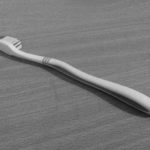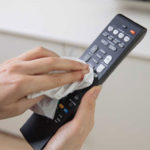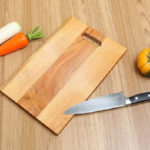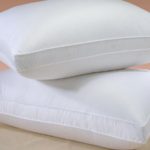1 Reduce Liquid Leakage with Proper Packaging
Most meat, fish, and vegetable products sold in stores and supermarkets today come in secure packaging, often placed on sturdy foam trays.
When removing the food from its packaging, gently lift it out, keeping the tray level. This simple action helps contain any liquid within the packaging, minimizing mess and waste.
Once the food is out, place it in a bowl or colander in your sink. Immediately wrap up the packaging, securely tie it shut, and dispose of it promptly.
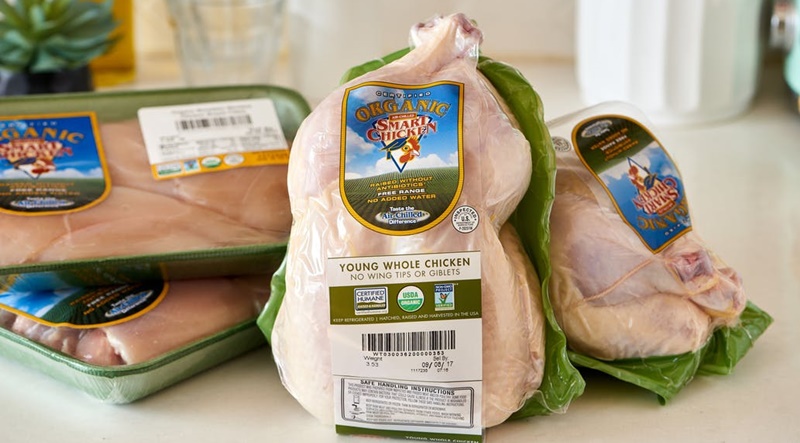
2 Use Absorbent Materials to Clean Up Liquids
The US Institute of Health recommends against reusing cloths or sponges that have been used to wipe up liquids from food, especially meat and fish juices, due to the risk of bacterial contamination.
Instead, use absorbent paper towels to clean up any liquids or food debris from surfaces. This simple step helps maintain hygiene and reduce the risk of bacterial growth.
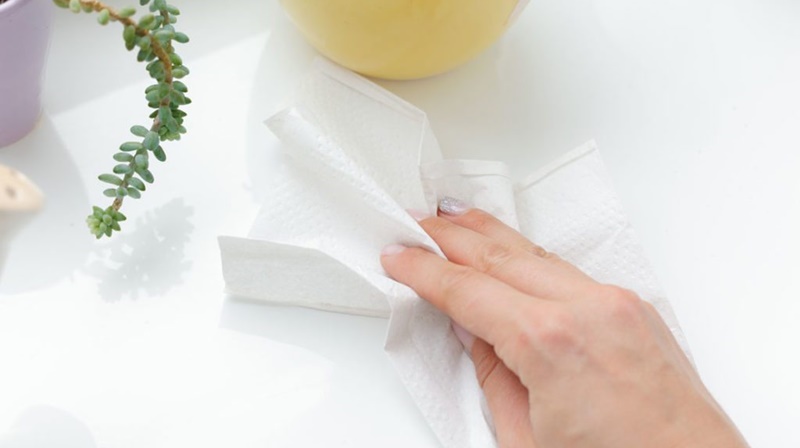
3 Disinfect Surfaces That Come into Contact with Food
After wiping down surfaces with paper towels, it’s time to disinfect. Dilute one tablespoon of laundry bleach in 3.8 liters of water, and use this solution to clean and disinfect surfaces. Finally, rinse the surfaces with water and let them air dry, or use a clean cloth to wipe them dry.
If you prefer to use a different disinfectant, be sure to read and follow the instructions on the label for safe and effective use.
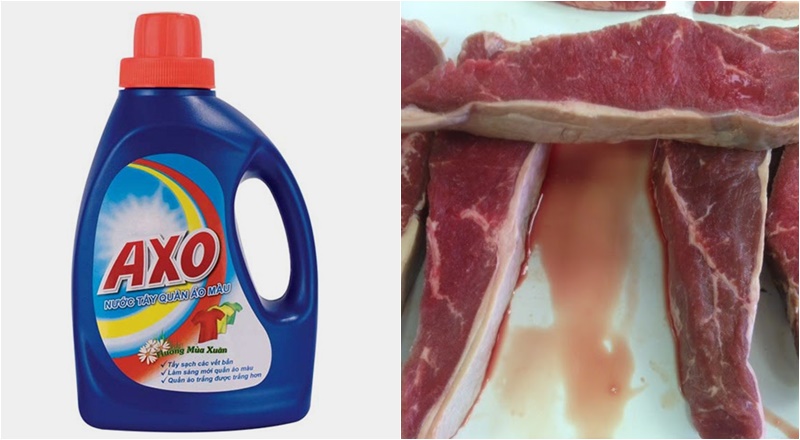
4 Clean and Disinfect Your Sink
After handling and preparing food, your sink can become a breeding ground for bacteria. Start by giving your sink a quick rinse, then close the drain and fill the sink with about 3.8 liters of water, adding one tablespoon of laundry bleach.
Use a sponge to scrub the sink’s walls and bottom, and let the sponge soak in the bleach solution for about five minutes to disinfect it. Finally, open the drain and rinse the sink and sponge thoroughly.
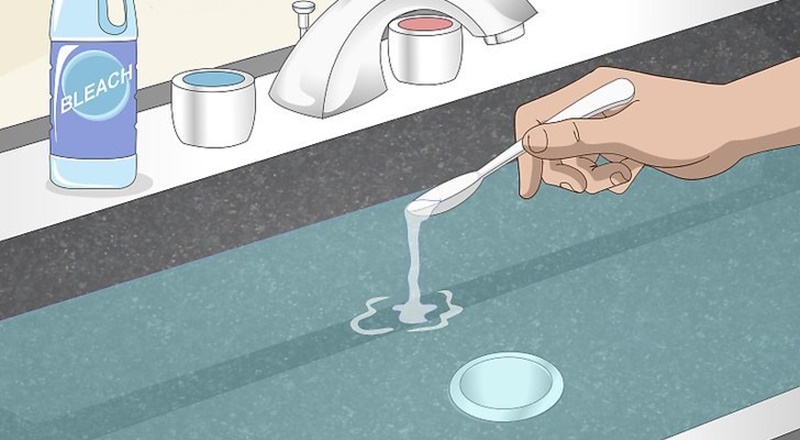
We hope these simple tips help you keep your kitchen clean and hygienic, ensuring the safety of your food. Feel free to share your thoughts and experiences in the comments below.
For more information, see:
8 Common Mistakes People Make with Cutting Boards
Are you using your cutting board correctly? Many Vietnamese households rely on cutting boards in their kitchen, but not everyone knows how to use them properly, especially when it comes to wooden cutting boards. Check out these 8 mistakes to avoid when using a cutting board to ensure both hygiene and safety for everyone in your family.

























